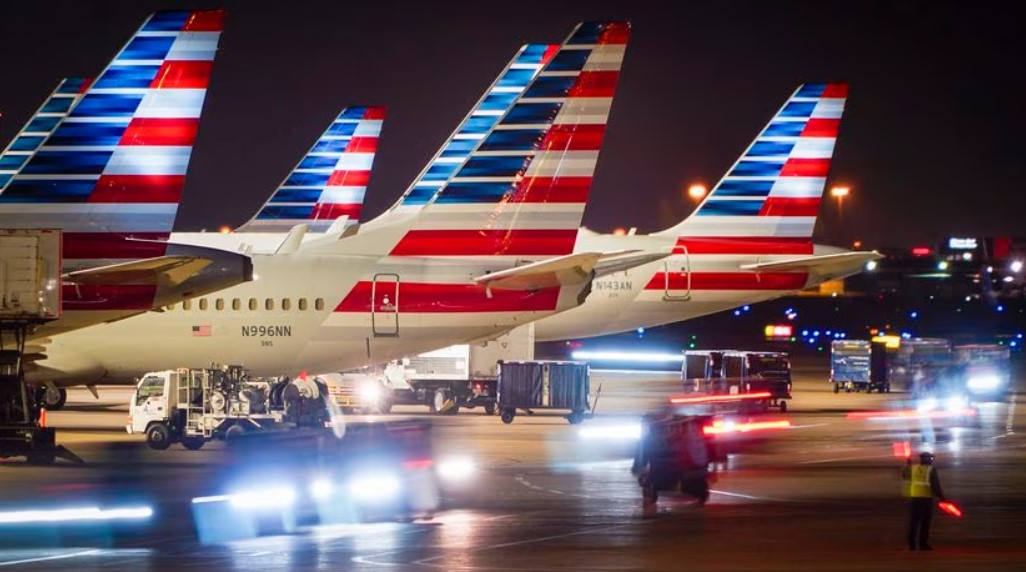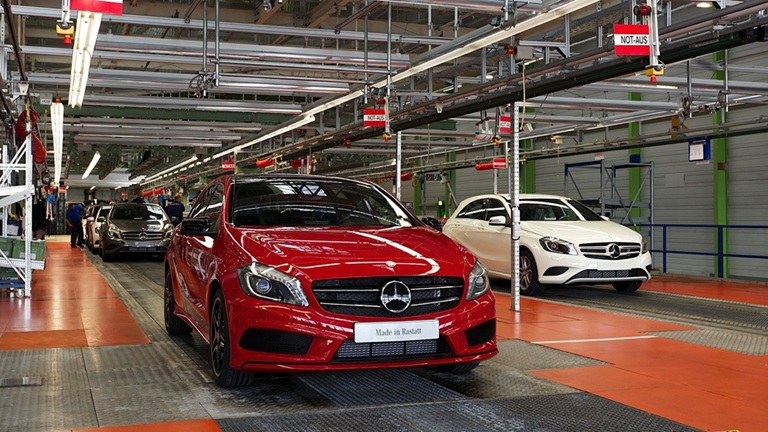Airlines in the United States are grappling with reduced airfares as travelers opt for European vacations instead of domestic trips.
In August, airfare prices across the industry dropped by 13.3% compared to the previous year, marking the fifth consecutive month of declines. This decline in demand coincides with airlines facing challenges such as soaring jet fuel prices and increasing labor costs. Concerns about airlines’ ability to raise fares to counter rising expenses have caused a decline in airline stocks.
The U.S. Global Jets exchange-traded fund, which monitors the airline industry, has seen a 5.4% increase this year due to a post-pandemic rebound but is down 19% from its recent peak in July. American Airlines’ stock has fallen by 29% from that high, while Southwest Airlines’ stock has dropped by 24%. In contrast, the S&P 500 has risen by 1.5% during the same period.
After a tumultuous period for the airline industry, characterized by the severe impact of the Covid-19 pandemic in 2020, airline stocks took a nosedive. To survive the travel downturn, carriers had to rely on government aid and borrow substantial sums of money.
As health restrictions eased and people with accumulated savings from staying at home eagerly resumed traveling, there was a surge in demand. This, coupled with labor shortages limiting capacity, led to a significant increase in airfares, up to 43% higher in 2022 compared to the previous year. Airlines experienced record revenues, and the shares of major carriers rebounded, more than doubling from their 2020 lows. However, despite the recovery, increased debt levels have prevented these shares from reaching their pre-pandemic levels.
Currently, people are still packing into airplanes, with an average of 2.4 million passengers passing through U.S. airports daily during the recent Labor Day weekend, surpassing 2019 levels. However, the destinations travelers are choosing have shifted.
Spirit Airlines, primarily operating domestic flights, recently announced the need for “steep discounting” for travel booked from late summer to pre-Thanksgiving, leading to a reduction in its third-quarter revenue forecast. Southwest Airlines also reported healthy overall demand but noted that August bookings fell at the lower end of their expectations.
Investors have concerns that the surge in leisure travel following the pandemic may not be sustainable, and the return of lucrative corporate travel could be limited. Business travelers, which used to contribute approximately half of profits and 12% of traffic for U.S. airlines before the pandemic, are a key factor in this uncertainty, as per a McKinsey analysis.
Several major airlines, including American Airlines, Delta Air Lines, United Airlines, and Alaska Air Group, have issued warnings about higher costs for the third quarter compared to previous forecasts.
Fuel costs have increased by approximately 25% since July, and labor costs are also on the rise. American Airlines and Delta pilots, for example, are set to receive pay raises of 46% and 34%, respectively, over a four-year period.
While fuel prices can be volatile, a decrease in prices could potentially help reverse the recent decline in airline stocks. Alternatively, airlines may attempt to pass on higher costs to customers by increasing fares.
However, there is uncertainty about whether travelers will continue to spend as generously on trips as their pandemic-driven desire for travel diminishes.
(Source: Charley Grant | WSJ)









